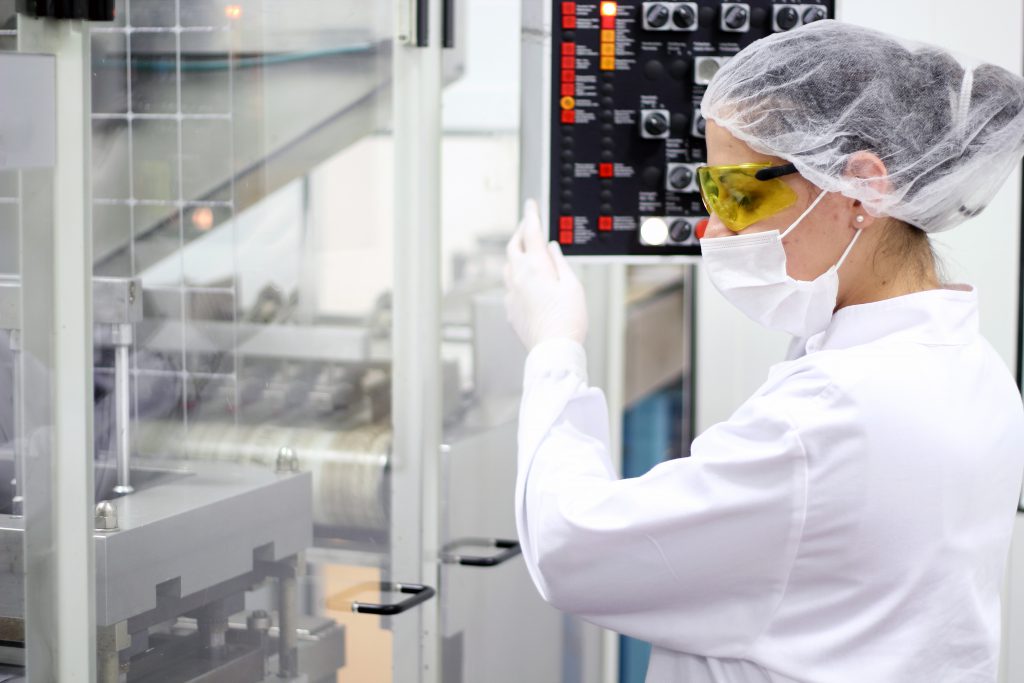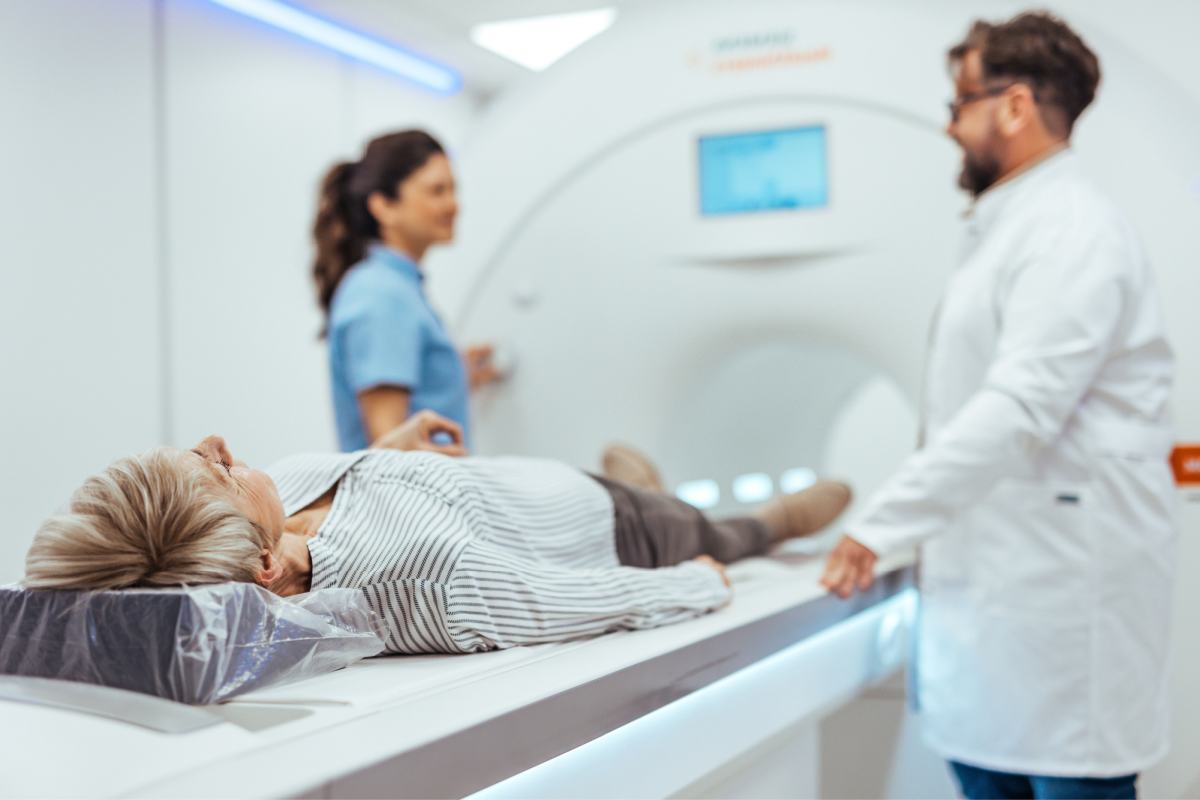MIT engineers have developed a nanofluidic device capable of assessing the quality of biologic drugs as they’re being manufactured. These biologic drugs are often synthesized by living cells organized into systems known as bioreactors, and the tool could help manufacturers ensure that the biologic products are safe and highly active.
Biologic drugs are usually composed of biological molecules like enzymes, proteins and antibodies, and are used to treat many different types of diseases, from rheumatoid arthritis and multiple sclerosis to cancer. The biologics market is steadily growing in the US, with branded versions of the drugs bringing in sales of $163 billion in 2016.
Compared to small molecule drugs which are manufactured using a series of chemical reactions, quality control for biologic drugs is complicated by the fact that they are synthesized inside living systems. While the environmental conditions inside bioreactors – including temperature and pH – are continuously monitored, manufacturers currently have no real-time way to assess the quality of the biologic being produced. Some protein-based biologics also require the addition of a functional group, such as a sugar molecule through glycosylation, in order to have the desired effect when administered to a patient.
“Right now there is no mechanism for checking the validity of the protein post-release,” said Dr. Jongyoon Han, a professor of electrical and biological engineering at MIT. “If you have analytics that consume a very small amount of a sample but also provide critical safety information about aggregation and binding, we can think about point-of-care analytics.”
Han and his team developed nanofilters which could provide metrics on the safety, purity and activity of biologic drugs while they’re being manufactured. Since the bioreactor process can take months to complete, biotech and pharmaceutical companies would benefit from knowing earlier on whether the system is running smoothly.
“Proteins are inherently more complicated than small-molecule drugs. Even if you run the same exact bioreactor process, you may end up with different proteins, with different glycosylation and different activity,” said Han. “At the end of that process, you may or may not get a good batch. And if you happen to get a bad batch, this means a lot of waste in overall manufacturing workflow.”
According to Han, the nanofluidic device could also be used to test the integrity of a drug before it’s given to patient in a hospital or clinic. The researchers published their findings in the journal, Nature Nanotechnology .
The nanofilters developed by Han and his team use a series of tiny pores to sort proteins in a biological sample based on their size, from 20 to multiple hundreds of kilodaltons. Since biologics manufacturers know what size their drug product should be, the presence of very large proteins in the sample could be an indicator of protein aggregates and a bad batch of product. At best, these suboptimal batches may be ineffective, representing a waste in both time and money for the manufacturer; at worst, large clumps of proteins could trigger a serious immune reaction in patients, potentially threatening their health and recovery.
The nanofluidic device was tested using three different proteins: human growth hormone; interferon alpha-2b and granulocyte-colony stimulating factor (GCSF). Not only did the device give an indicator of protein degradation when samples were exposed to harmful agents, but it also helped the researchers determine whether the biologics were functionally able to bind to their target molecules.
While the entire process currently takes around half an hour to analyze a single sample of a biologic, the researchers believe that the analysis could be made faster if the device was made smaller. They also hint that the technology could be translated into a sample analysis device to be used to assess a biologic’s integrity at a patient’s bedside.
“We may be able to do it in tens of minutes, or even a few minutes,” said Han. “If we realize that, we may be able to do real point-of-care checks. That’s the future direction.”












Join or login to leave a comment
JOIN LOGIN